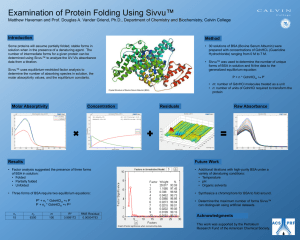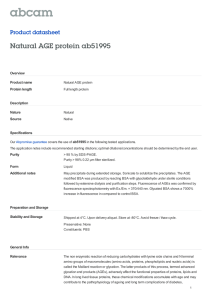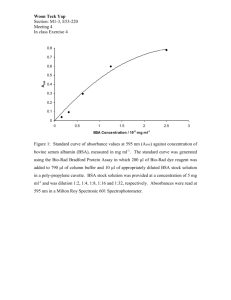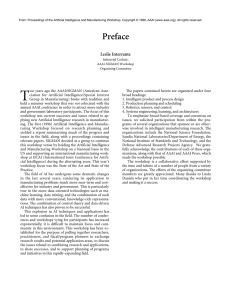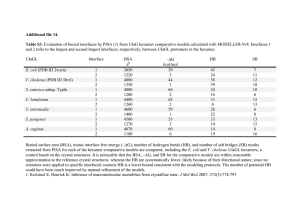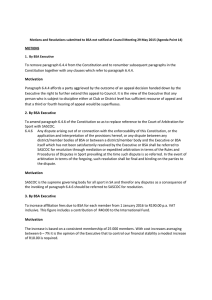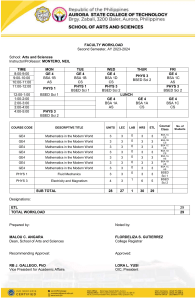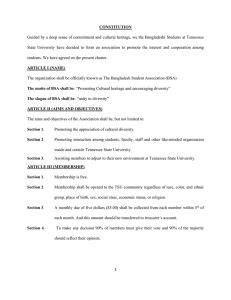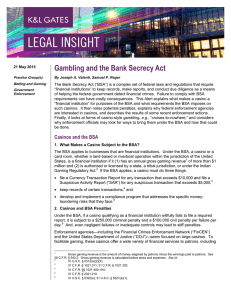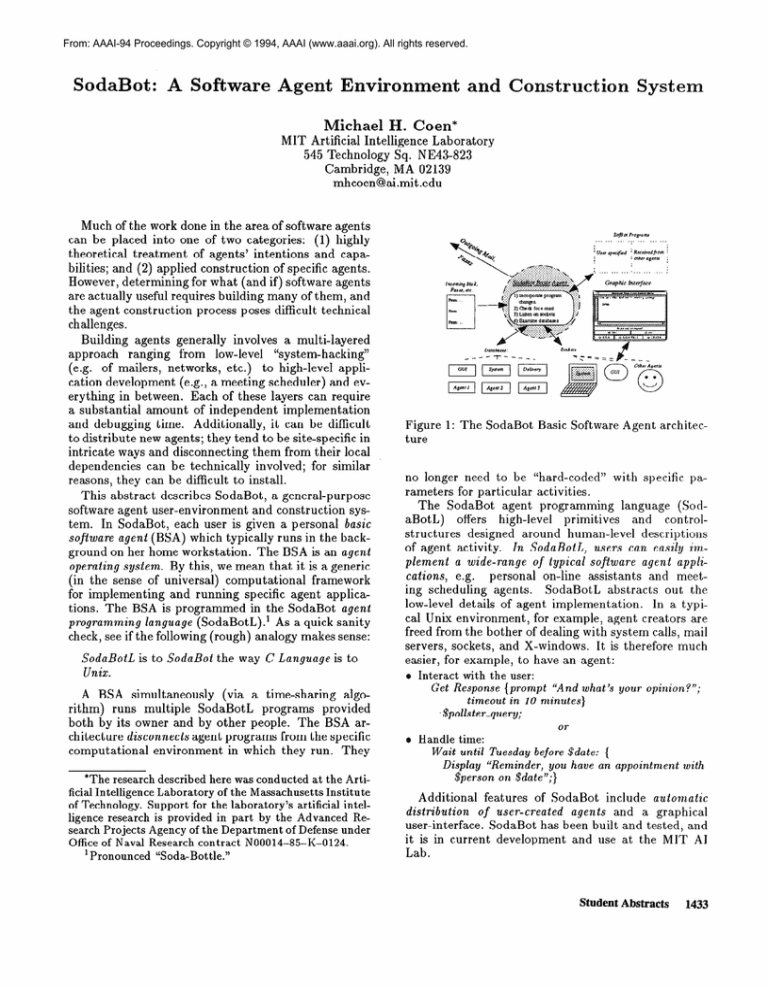
From: AAAI-94 Proceedings. Copyright © 1994, AAAI (www.aaai.org). All rights reserved.
SodaBot:
A Software
Agent
Enviro
Michael
MIT
struction
Syste
H. Coen*
Artificial Intelligence
Laboratory
545 Technology Sq. NE43-823
Cambridge,
MA 02139
mhcoen@ai.mit.edu
Much of the work done in the area of software agents
can be placed into one of two categories:
(1) highly
theoretical
treatment
of agents’ intentions
and capabilities; and (2) applied construction
of specific agents.
However, determining for what (and if) software agents
are actually useful requires building many of them, and
the agent construction
process poses difficult technical
challenges.
Building agents generally involves a multi-layered
approach
ranging
from low-level
“system-hacking”
(e.g. of mailers, networks, etc.)
to high-level application development (e.g., a meeting scheduler) and everything in between. Each of these layers can require
a substantial
amount of independent
implementation
and debugging time. Additionally,
it can be difficult
to distribute new agents; they tend to be site-specific in
intricate ways and disconnecting
them from their local
dependencies
can be technically
involved; for similar
reasons, they can be difficult to install.
This abstract describes SodaBot,
a general-purpose
software agent user-environment
and construction
system. In SodaBot,
each user is given a personal basic
software agent (BSA) which typically runs in the background on her home workstation.
The BSA is an agent
operating system. By this, we mean that it is a generic
(in the sense of universal)
computational
framework
for implementing
and running specific agent applicaagent
tions. The BSA is programmed
in the SodaBot
programming
language (SodaBotL).’
As a quick sanity
check, see if the following (rough) analogy makes sense:
SodaBotL
Unix.
is to SodaBot
the way C Language
is to
A BSA simultaneously
(via a time-sharing
algorithm)
runs multiple SodaBotL
programs
provided
both by its owner and by other people. The BSA architecture disconnects
agent programs from the specific
computational
environment
in which they run. They
*The research described here was conducted at the Artificial Intelligence Laboratory
of the Massachusetts
Institute
of Technology.
Support for the laboratory’s
artificial intelligence research is provided in part by the Advanced
Research Projects Agency of the Department
of Defense under
Office of Naval Research contract
N00014-85-K-0124.
‘Pronounced
“Soda-Bottle.”
Figure
ture
1: The SodaBot
Basic Software
Agent architec-
no longer need to be “hard-coded”
with specific parameters for particular activities,
The SodaBot
agent programming
language
(SodaBot L) offers
high-level
primitives
and
controlstructures
designed around human-level
descriptions
of agent activity.
In SodaBoiL,
users can easily implement
a wide-range
of typical soflware
agent
applipersonal on-line assistants
and meetcations,
e.g.
ing scheduling
agents.
SodaBotL
abstracts
out the
low-level details of agent implementation.
In a typical Unix environment,
for example, agent creators are
freed from the bother of dealing with system calls, mail
servers, sockets, and X-windows.
It is therefore much
easier, for example, to have an agent:
e Interact with the user:
Get Response
{prompt
“And what’s
timeout
in 10 minutes)
.$pollster,query;
your
opinion?“;
07-
o Handle time:
Wait until Tuesday
before $date:
{
Display
‘LRenzinder,
you have an appointment
$person
on $date”;)
with
Additional
features of SodaBot
include automatic
distribution
of user-created
agents
and a graphical
user-interface.
SodaBot has been built and tested, and
it is in current development
and use at the MIT AI
Lab.
Student Abstracts
1433

